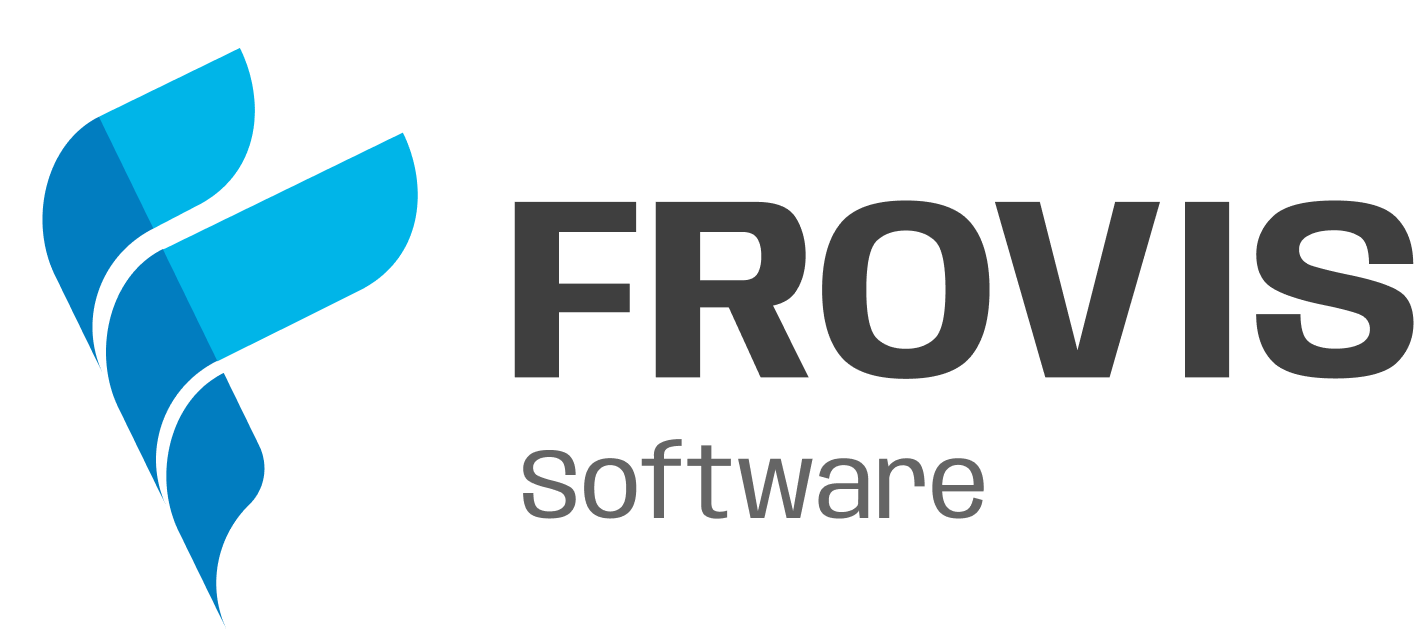- contact@frovis.com
- 50 Mieu Dam, Me Tri, Nam Tu Liem, Hanoi
Traditional with agile software development methods: Which One is Right for Your Project?

Traditional with agile software development methods: Which One is Right for Your Project?
This era of rapidly evolving technology has given project management a new life. As a result, businesses are now looking for new and improved ways to execute their projects more efficiently. This has led to the development of many new project management styles, one of which is Agile.
The essential purpose behind all these project management styles is to be able to deliver value to the customer faster. It promotes adaptive planning, evolutionary development, and early delivery and encourages continuous improvement.
On the other hand, the traditional project management approach is still preferred by many organizations. This is a more sequential and rigid approach than Agile. In this article, we are going to go a little deeper and find out the significant differences between traditional and Agile Software Development Methods.
1.What is Traditional Software Development?
Traditional software development refers to the conventional and sequential approach of building software applications. It follows a structured and planned process that involves distinct phases or stages, typically known as the software development life cycle (SDLC). This approach is characterized by its emphasis on upfront planning, extensive documentation, and a linear progression through the various stages of development.
In traditional software development, the process typically starts with gathering and documenting the requirements of the software. This involves understanding the needs, features, and functionalities expected from the software application. Once the requirements are established, the development team moves on to the design phase, where they create a detailed blueprint of the software's architecture, modules, data structures, and user interfaces.
Benefit of traditional methodology:
- Clear and Structured Process
- Thorough Documentation
- Predictability and Control
- Well-Established Tools and Processes
2. What is Agile Software Development?
Agile software development is an iterative and flexible approach to building software applications. It emphasizes adaptability, collaboration, and continuous improvement throughout the development process. The Agile methodology emerged as a response to the limitations of traditional software development approaches, aiming to deliver high-quality software in a more efficient and customer-centric manner.
Key principles of Agile software development include:
- Customer Collaboration
- Adaptive Planning
- Iterative Development
- Continuous Integration and Testing
- Empowered and Self-Organized Teams
- Embracing Change
Popular Agile methodologies include Scrum, Kanban, Extreme Programming (XP), and Lean Development. These methodologies provide frameworks and practices to implement the Agile principles effectively. They often involve the use of visual boards, daily stand-up meetings, regular retrospectives, and other techniques to facilitate transparency, communication, and continuous improvement within the development team.
Agile software development aims to deliver value to customers more quickly, respond to feedback and changes efficiently, and foster collaboration and teamwork throughout the software development process.
3.Differences between traditional and Agile Software Development methods
The table down below shows the major differences between the traditional and agile development methods.
4.Traditional Vs. Agile Software Development Methods – Why Is Agile Preferred Over Traditional Software Development Method
Flexibility and Adaptability
Agile methodologies are designed to embrace change. They allow for flexibility in requirements, priorities, and scope, enabling teams to respond to evolving customer needs and market conditions more effectively. This adaptability reduces the risk of building software that becomes obsolete or fails to meet user expectations.
Faster Time to Market
Agile methodologies emphasize delivering working software in short iterations or sprints. This iterative approach allows for incremental development and enables the release of functional and valuable software at a faster pace. It helps businesses gain a competitive edge by getting their product to market sooner.
Improved Quality and Transparency
Agile methodologies promote continuous integration, testing, and feedback loops throughout the development process. This approach enables early detection and resolution of defects and ensures high software quality. Additionally, the transparency and visibility within Agile teams help stakeholders and team members stay informed about the project's progress, reducing misunderstandings and enhancing collaboration.
Risk Mitigation
Agile methodologies prioritize ongoing risk management and mitigation. By delivering working software in iterations, teams can identify and address risks earlier in the development process. This proactive approach minimizes the impact of potential issues and reduces project risks.
🫴 Overall, Agile methodologies are preferred because they provide a more customer-centric, adaptable, and collaborative approach to software development, resulting in higher-quality software, faster time to market, and improved customer satisfaction.
5. How To Choose The Correct Approach
Evaluate the nature of the project requirements. Traditional methods are suitable when the requirements are stable, well-defined, and unlikely to change significantly during development. Agile methods are preferred when the requirements are dynamic, subject to change, and require frequent collaboration and feedback.
Determine the level of customer involvement and collaboration expected throughout the project. Agile methods prioritize continuous customer feedback and involvement in the development process. If the project requires close collaboration with customers and stakeholders, Agile may be a better fit. Traditional methods often involve limited customer involvement during development.
Assess the budget and cost implications. Agile methods often involve shorter development cycles and continuous iterations, which may impact project costs. Traditional methods may have a more predictable cost structure. Evaluate which approach aligns better with your budget constraints.
Ultimately, the choice between traditional and Agile software development methods depends on the specific project characteristics, team dynamics, customer requirements, and organizational context. It may also be possible to adopt a hybrid approach that combines elements of both methodologies to suit your unique needs.
For more information about Frovis, you can check here:
🌐 𝐖𝐞𝐛𝐬𝐢𝐭𝐞: https://frovis.com/
📍 𝐀𝐝𝐝: 174/2 Tran Duy Hung, Cau Giay, Hanoi
📧 𝐄𝐦𝐚𝐢𝐥: contact@frovis.com
☎️ 𝐓𝐞𝐥: (+84) 869681992



